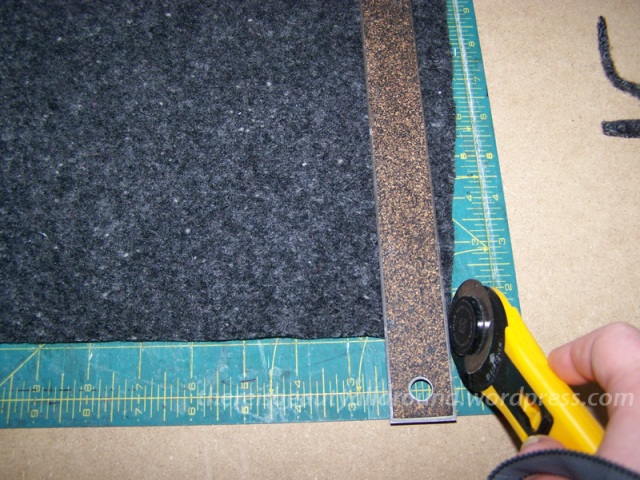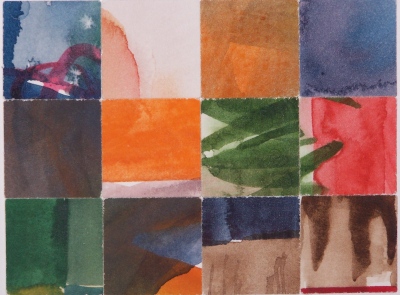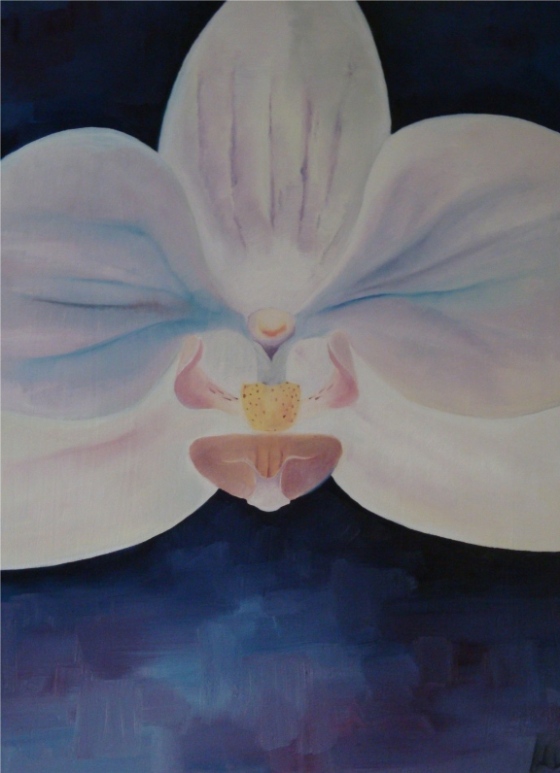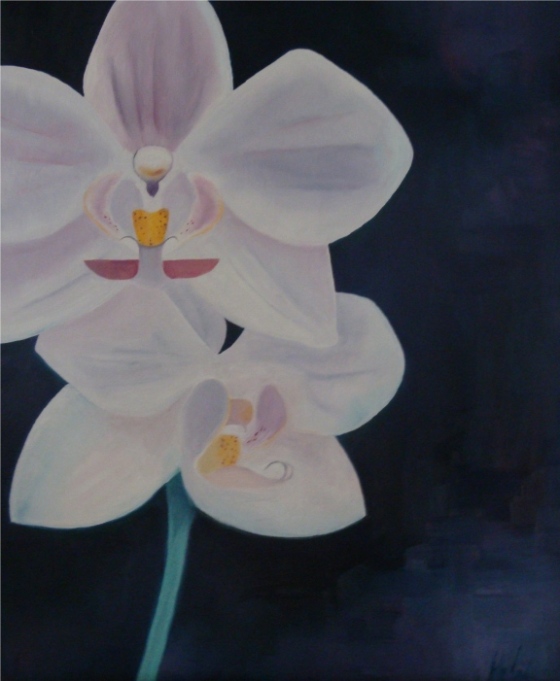So, I’ve been drawing again. Just started up this week. Again? You might be asking yourself. Well, you see, way back when I started this blog (almost three years ago, yikes!) I had the grand and glorious idea of this being kind of an artist journal. Well, an aspiring-artist journal. But it has kind of morphed and evolved since then into this different kind of a thing. More of a craft blog, I suppose. But behind the sewing and what not that I usually show on the blog, every now and then I do real, legitimate aspiring-artist stuff. To be honest, though, it’s been a while. On Monday, after months of almost no drawing of any sort, I started drawing again. Just an hour a day, sometimes a little more, if naptime permitted. And it’s been five days now that I’ve been drawing. My usual routine, when I’m trying to work my skills up again, is to do a little free doodling, and then a more focused self-portrait. Here are the self-portraits for the last five days.
 As you can see, the beginning was rough. I mean really rough. I wasn’t even planning on showing these, because they’re a little embarrassing, but when I got to today and lined up all five drawings, I was quite impressed with the progress I had made in such a short amount of time. So I thought I would share, in case it might inspire someone else to give drawing a chance. Toddlers permitting, I’m going to try to keep doing a self-portrait every day, for the next little while (a month, maybe?). If I can keep this up for a month, I’ll share the results again. Hopefully I’ll see even more progress then. Would anyone care to join me? If so, here are some basic suggestions:
As you can see, the beginning was rough. I mean really rough. I wasn’t even planning on showing these, because they’re a little embarrassing, but when I got to today and lined up all five drawings, I was quite impressed with the progress I had made in such a short amount of time. So I thought I would share, in case it might inspire someone else to give drawing a chance. Toddlers permitting, I’m going to try to keep doing a self-portrait every day, for the next little while (a month, maybe?). If I can keep this up for a month, I’ll share the results again. Hopefully I’ll see even more progress then. Would anyone care to join me? If so, here are some basic suggestions:
- Sit in front of a mirror and draw yourself from life. It may be more challenging than a photograph, but it helps train your eye to translate 3 dimensions into 2. When you work from a photograph, the camera has already done that for you.
- Try to draw with natural light as much as possible.
- Don’t expect every day to be a masterpiece. Just keep working at it, and over time you will see improvement
- If you’re getting bored, try a new medium. Pen and ink work a lot differently than pencil.
- Have fun with it.
If you do some self portraits, I’d love to see. You can leave a link in the comments to this post, if you’d like.
Have a great weekend!





 I was going to sew buttons on, but I decided that tucking in the flap was just as good, and it saved me the trouble of trying to sew buttonholes.
I was going to sew buttons on, but I decided that tucking in the flap was just as good, and it saved me the trouble of trying to sew buttonholes.















